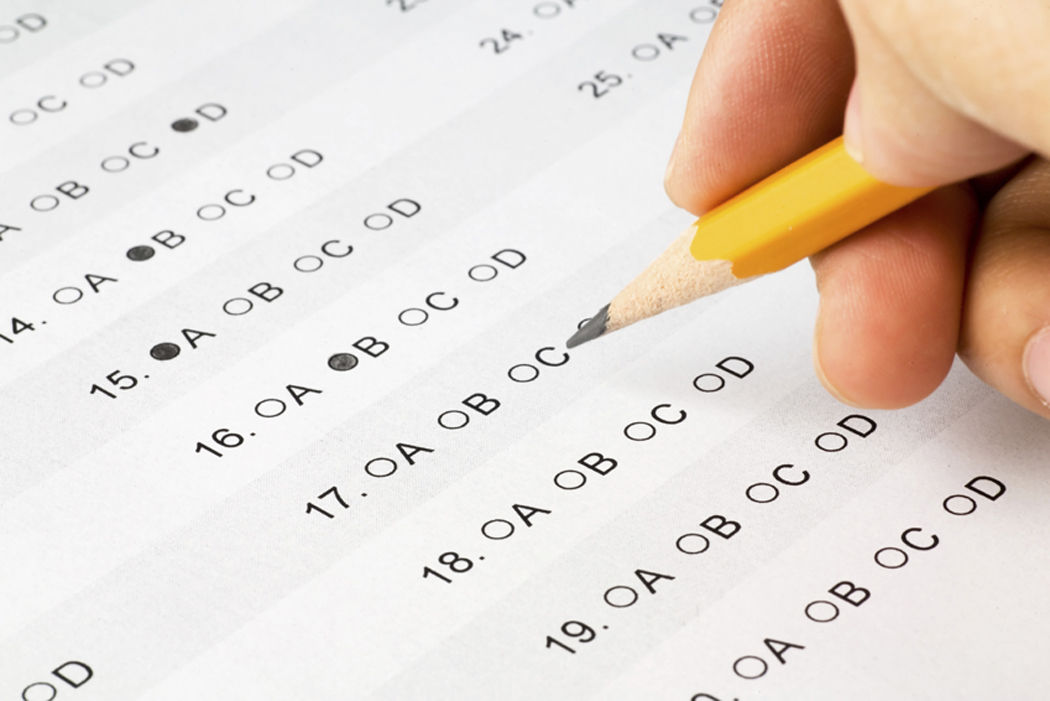Most North Shore schools saw an increase in student opt-outs from this week’s math Common Core test, similar to the number of opt outs from the English Language Arts exam two weeks ago.
The Great Neck, Manhasset, Roslyn, Herricks, Port Washington, Sewanhaka, New Hyde Park-Garden City Park and East Williston school districts saw about 27.2 percent of students eligible to take the test opt-out of last Wednesday’s math exam, according to figures obtained by Blank Slate Media.
Newsday reported that about 53 percent of students across Long Island opted out from taking the ELA exam.
Common Core’s biggest flash points for criticism are its standardized tests, which opponents say are unnecessarily tough for students, and the direct link between test scores and teacher evaluations.
The standards, first introduced in 2012, are intended to teach conceptual thinking and problem-solving skills at each grade level to prepare students for more complex future coursework.
Some educators and administrators say the ideas behind the curriculum are strong, but its rollout has caused problems for New York’s teachers and students.
About 22 percent of students in the Great Neck school district opted out of the math exam, an increase of 8 percent from last year’s total.
Great Neck North Middle School, however, saw a significantly higher percentage of students opting out at 45 percent.
Sixteen percent of students at Great Neck South High School opted out, while totals at the Lakeville, E.M. Baker, Saddle Rock and John F. Kennedy elementary schools saw 5 percent, 10 percent, 11 percent and 14 percent of students opting out, respectively.
“Although the number of parents who chose to have their children opt-out of the state assessments increased compared to last year, Great Neck continues to have one of the lowest opt out totals on Long Island,” Superintendent of Schools Teresa Prendergast said.
About 43 percent, or 959 of 2,246 eligible students, in the Sewanhaka school district opted out from the test, an increase of about 10 percent from last year.
Floral Park Memorial High School saw 52 percent of students not take the test, while 69 percent of students at H. Frank Carey High School opted out.
New Hyde Park Memorial High School saw 43 percent of students opt-out of the test, while 33 percent of students at Sewanhaka High School opted out.
Elmont Memorial High School saw only 14 percent of students opt-out.
About 36 percent of students in the Roslyn school district, or 436 of the 1,202 who were eligible to take the test, opted out of the math exam.
Last year, about 32.5 percent of students opted out.
In the Manhasset school district, 158 of 1,320 eligible students, or about 11 percent, opted out from the test, an increase of 5 percent from last year’s percentage of students opting out.
The Port Washington school district saw about 30 percent, or 741 of 2,457 eligible students, opt out from the Math exam.
That percentage represents a 4 percent increase from last year’s opt out total, when 616 of 2,359 eligible students opted out.
In the East Williston school district, 198 of 706 eligible students, or 28 percent, opted out of the math exam.
That number represents a 4 percent increase from last year’s total, when about 24 percent of students opted out.
While opt out totals generally increased across Long Island as a whole, the Herricks and New Hyde Park-Garden City Park school districts saw virtually no increase in opt out totals.
The Herricks school district saw 279 of 1,551 eligible students, or about 18 percent, opt out from the math exam.
Last year, 18 percent of students also opted out of the test.
In the New Hyde Park-Garden City Park school district, 29 percent of eligible students opted out of the test, only a .2 percent increase from last year’s total.
With discontent about the test expressed by parents of students and educators, Jonathan Burman, a spokesman for the state Education Department, told Newsday the department was actively seeking input how to improve the Common Core ELA and math exams.
“We continue our efforts to inform the public about the improvements we’ve made to the tests and the important role they can play in improving instruction,” Burman said. “And we are committed to making the tests even better as we move forward.”



